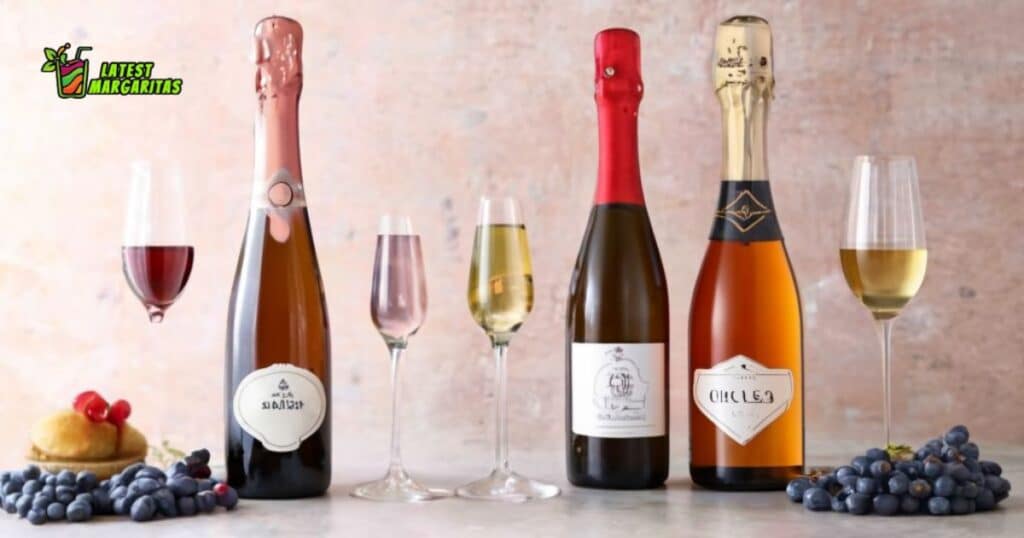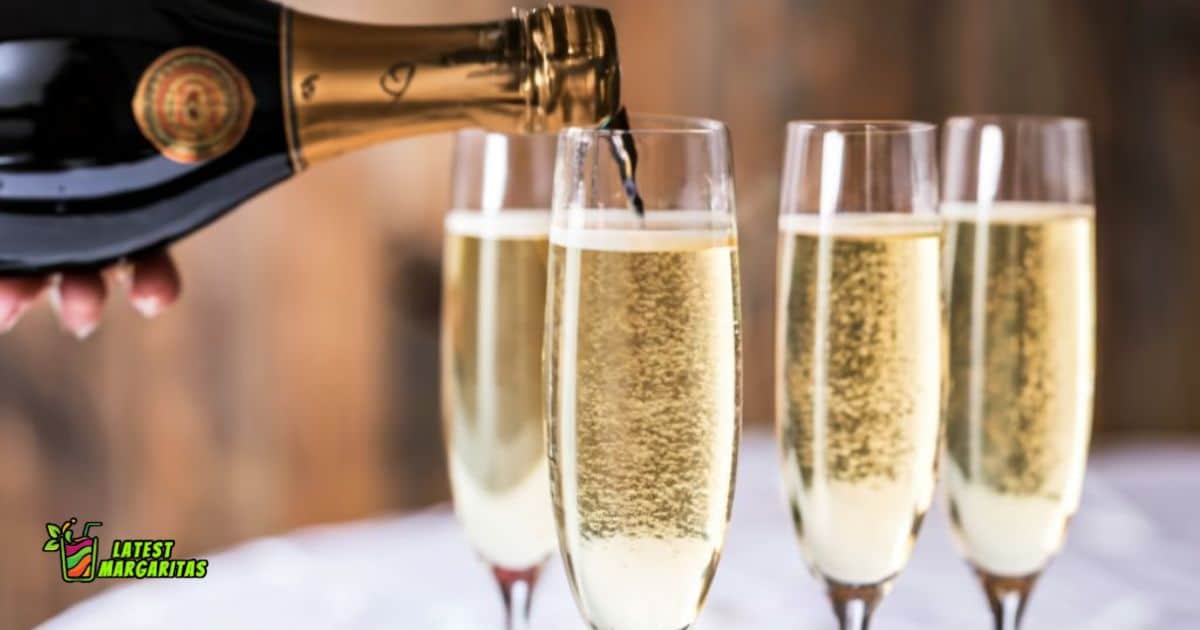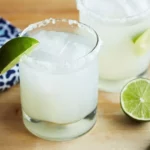Sparkling wines can range from bone dry to sweet depending on how much sugar remains after fermentation. The level of residual sugar determines the sweetness. Do you enjoy the refreshing bubbles of sparkling wine but find some varieties too dry? Discover the various sweetness levels from brut nature to doux to find your perfect fizzy pairing.
Sparkling wines make any celebration festive. From Champagnes to Proseccos, these effervescent drinks come in a range of sweetness levels to suit different tastes. This article explores the technical terms used to indicate how much residual sugar is in the bottle.
Residual Sugar And How It Affects Sweetness
Residual sugar refers to the amount of sugar left over after yeast has consumed most of the sugars during fermentation. More residual sugar means a sweeter taste. Even small amounts of residual sugar can make a noticeable difference. Carbonation and acidity also impact perception of sweetness in bubbly wines.
Measured The Residual Sugar
Residual sugar is measured in grams per liter (g/L). The lowest dry levels have 0-12 g/L while the sweetest classifications exceed 50 g/L.
Factors Affecting Residual Sugar
Winemakers can manipulate residual sugar through harvesting techniques and halting fermentation. Grapes picked earlier have more natural sugars, while later harvests are drier. Stopping fermentation leaves more sugars.
Relating Sugar Levels To Sweetness
Although sparkling wines contain less residual sugar than still wines, carbonation and acidity enhance the perception of sweetness. A doux bubbly at 50 g/L tastes sweeter than a white wine at 120 g/L.
How To Determine Sweetness In Sparkling Wine?
- Brut Nature/Pas Dosé – 0 g/L Residual Sugar: This completely dry style contains no dosage orliqueur d’expédition added after disgorgement, giving a pure, mineral-driven taste.
- Brut – 0-12 g/L Residual Sugar: A hint of sweetness balanced by acidity and bubbles, brut wines showcase subtle fruit flavors with a clean finish.
- Extra Dry/Extra Sec – 12-17 g/L Residual Sugar: Slightly sweeter than brut but still very dry, this classification bridges the gap between bone dry and lightly sweetened styles.
- Sec/Dry – 17-32 g/L Residual Sugar: With a touch more sweetness, sec wines have a rounder mid-palate and fuller mouthfeel but refreshing acidity prevents heaviness.
- Demi-Sec/Medium Dry – 32-50 g/L Residual Sugar: Demi-sec wines showcase luscious stone fruit and citrus flavors, balanced by lively bubbles and crisp acidity.
- Doux/Sweet – Over 50 g/L Residual Sugar: The sweetest category has evident sweetness that pairs nicely with nuts, caramel or cream-based desserts to balance the sugar.
The Best Sweet Sparkling Wines

When it comes to the best sweet sparkling wine, personal taste reigns supreme. Finding the ideal option depends entirely on whether you favor berries or peaches, complexity or simplicity, and preference for rosé, moscato or riesling varieties.
Best Sweet Sparkling Red Wines
While sparkling wines are traditionally associated with white grapes, some regions produce approachable red wines that are sweetened and carbonated. These fizzy reds make for a fun departure from convention. A few options worth exploring include:
- Lambrusco: This sparkler from Emilia Romagna, Italy shows off tart cherry and strawberry flavors in a light-bodied package. Most Lambrusco has 12-15 grams of residual sugar.
- Brachetto d’Acqui: Made from Brachetto grapes, this sweet bubbly rosé from Piedmont dazzles with its vibrant fuchsia hue and playful aromas of candied roses.
- Crémant de Bourgogne: Medium sweet with notes of black cherries and violets, this inexpensive red French sparkler makes a low-key crowd-pleaser.
- Cap Classique Rosé: A fresher take on the méthode Cap Classique, these South African sparkling blends of Pinot Noir and Cinsault deliver ripe red fruit crispness.
Best Sweet Sparkling White Wine
If you enjoy a sweeter sparkling wine with dinner or dessert, take a look at these top bubbly options known for their little extra sugar. The residual sugar in each brings out lush tropical and stone fruit flavors for balanced sipping.
- Moscato d’Asti: As light as spring rain, this Italian favorite made from Muscat grapes boasts aromas of peaches and roses. Delicate bubbles make it easy drinking.
- Brachetto d’Acqui: A splash of ripe berries jumps from the bright pinkish-red glass of this perky perlage from Piedmont. Off-dry sweetness levels indulge the sweet tooth.
- Riesling Spätlese: Hailing from Germany, this varietal showcases apricot and apple qualities with just the right amount of sugar to harmonize acidity.
- Crémant de Limoux: Made using the méthode traditionnelle, this affordable French version offers honeyed orchard fruit and a creamy mousse. Sweet, but savory enough to pair with light fare.
Best Sweet Sparkling Rosé Wine
For those seeking a sweeter pink bubbly, rosé sparklers top the list. Their residual sugar enhances the lighter berry flavors in a subtle, balanced way. A few excellent options for any celebration include:
- Brachetto d’Acqui: This vibrant Italian sparkler made from Brachetto grapes bursts with aromas of strawberries, roses and cinnamon. Off-dry sweetness levels indulge without overwhelming.
- Crémant de Die: A blend of Grenache, Syrah and Pinot fruits craft this beautiful blush-colored fizzy rosé from France. Sweet red apple and cinnamon spice notes emerge on the palate.
- Cava Rosé: Spain’s legendary sparkling wine also appears as a rosé, with more strawberry and watermelon flavor than dry styles. Gentle sugar rounds out the crisp acidity.
- Moscato Rosé: For a true sweet sip, try this rosé version of the beloved Italian Moscato d’Asti. Aromas of cotton candy and cherries tantalize on the nose and in the mouth.





